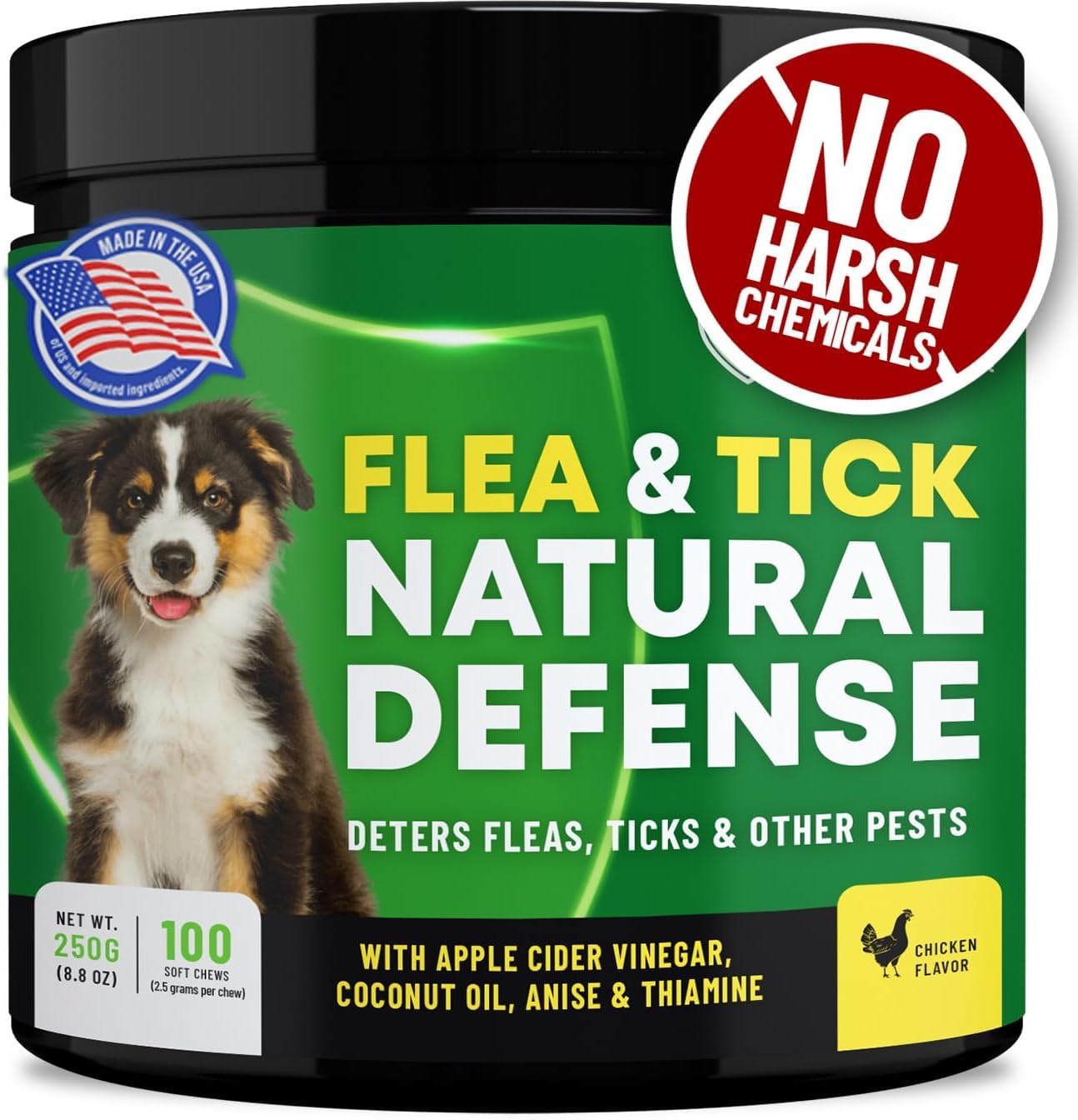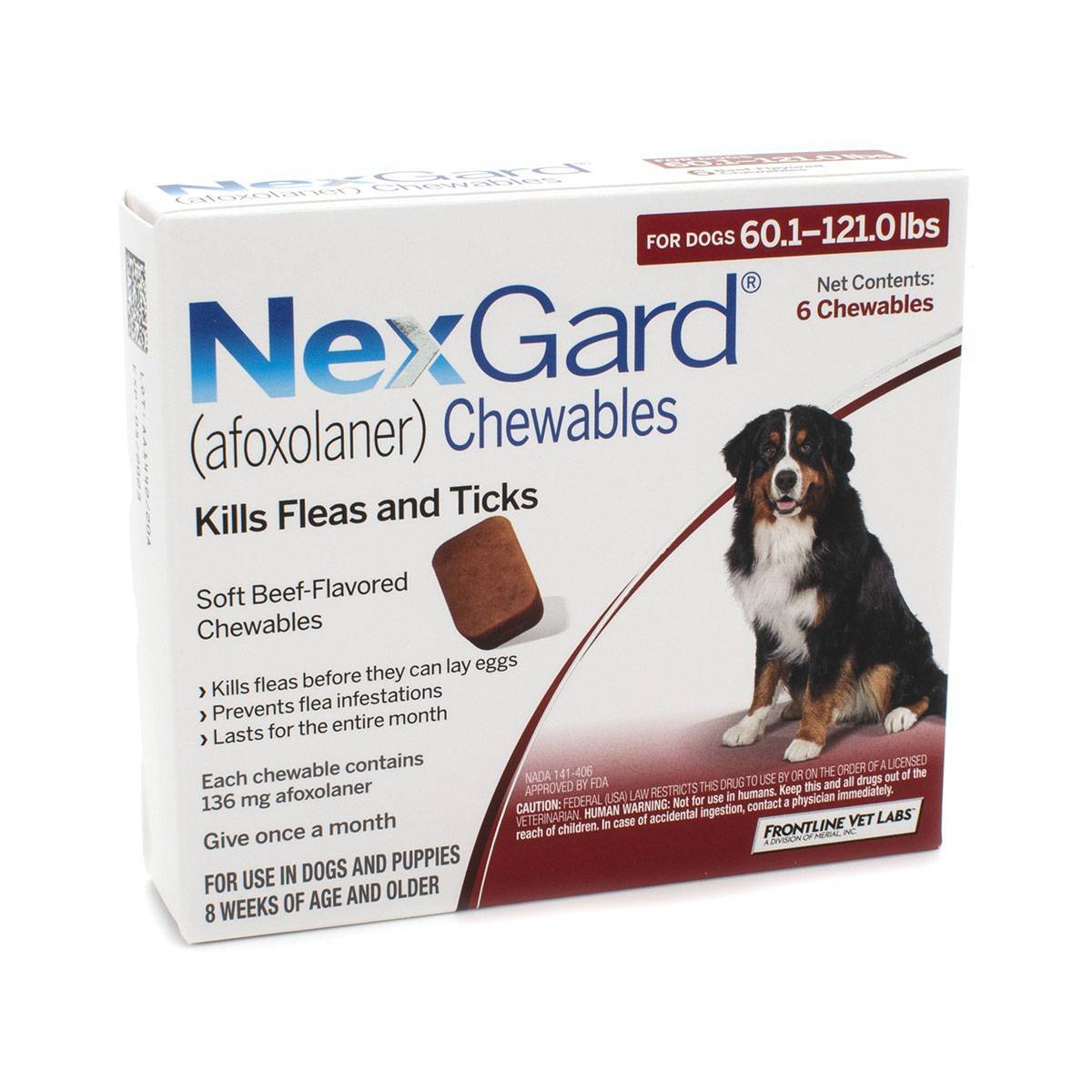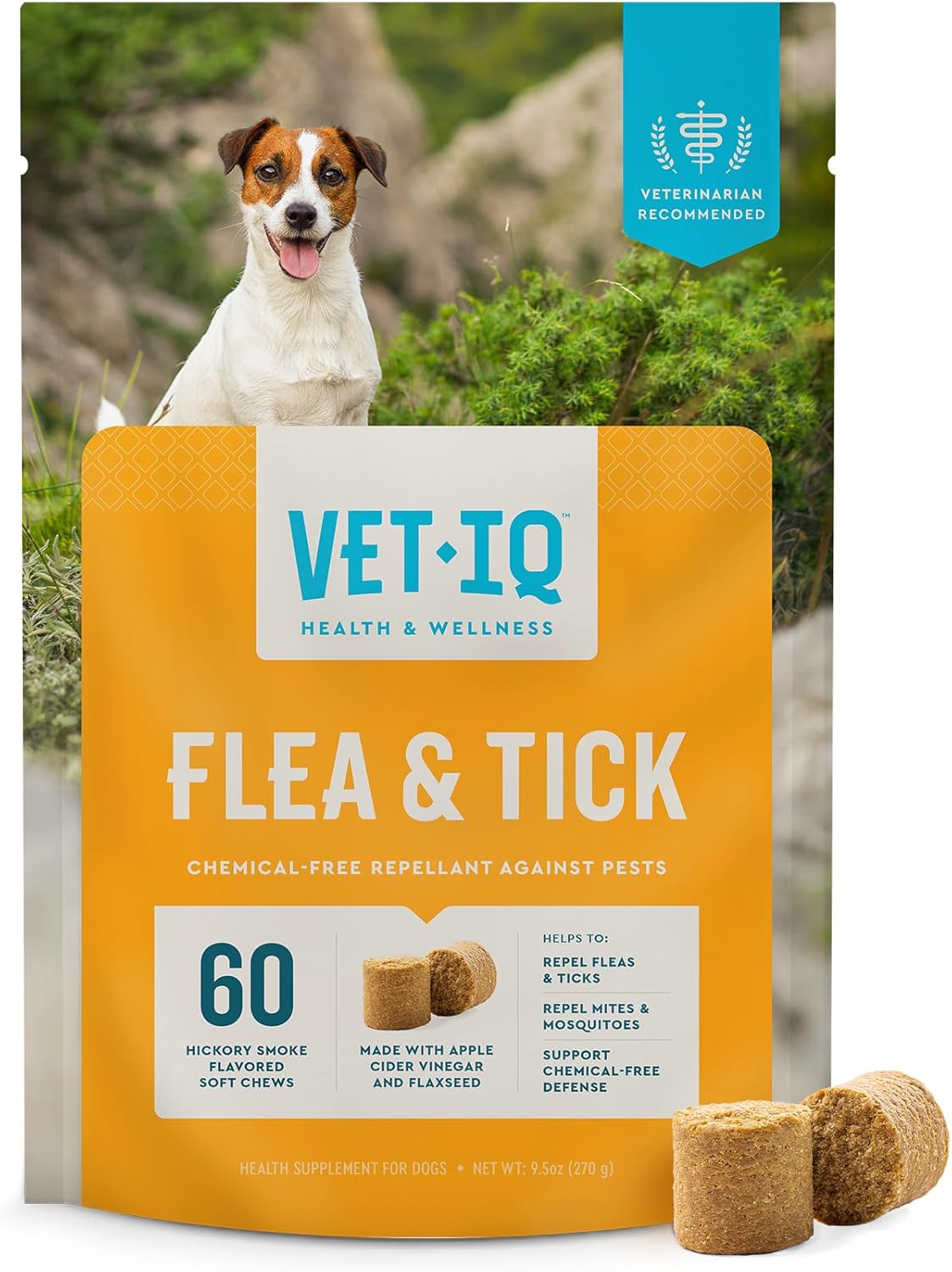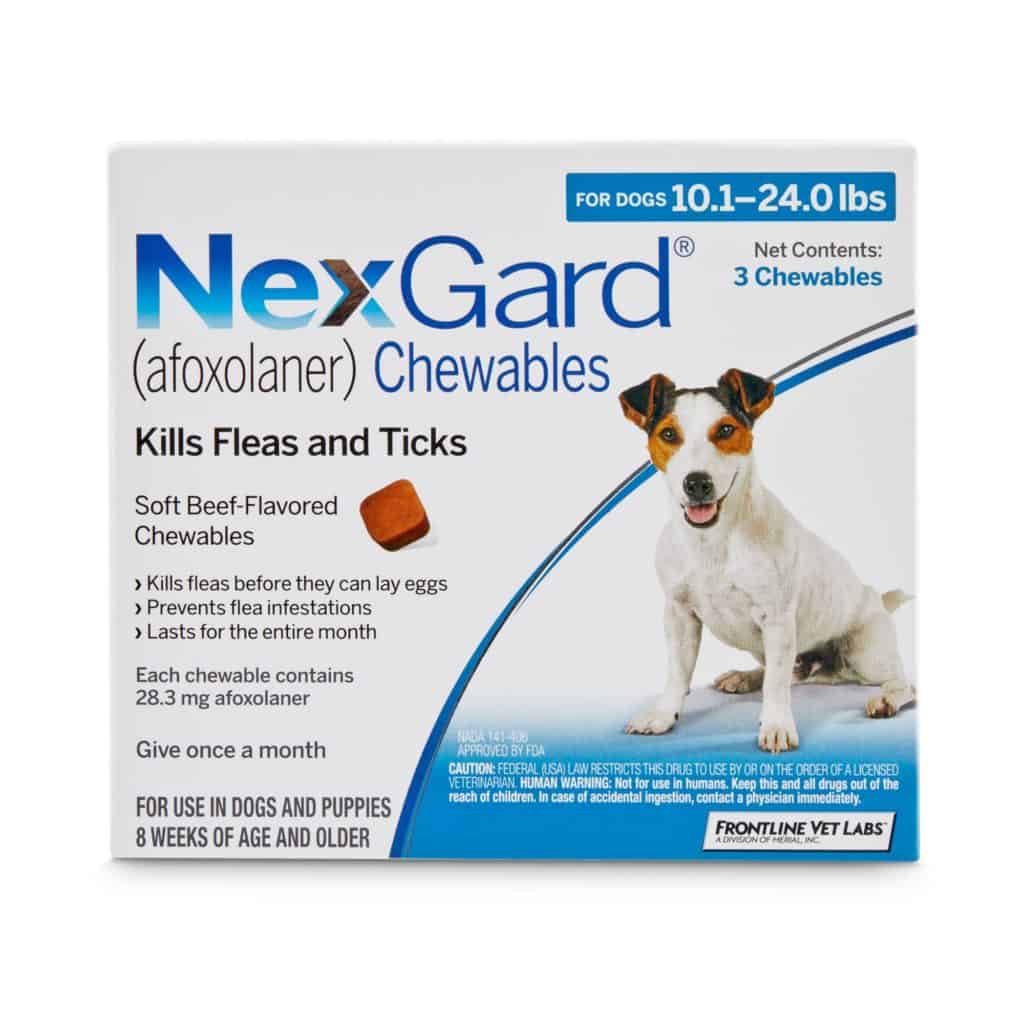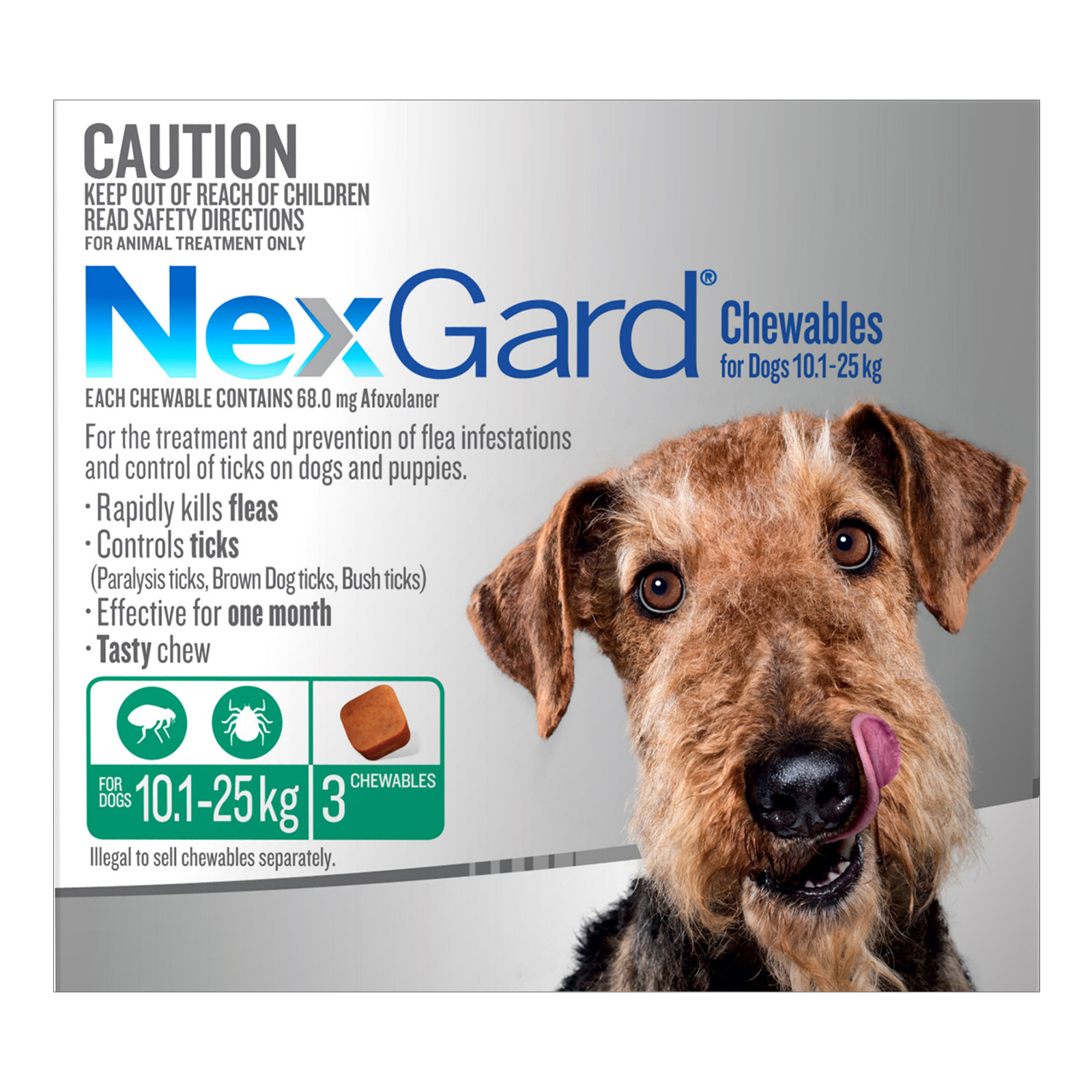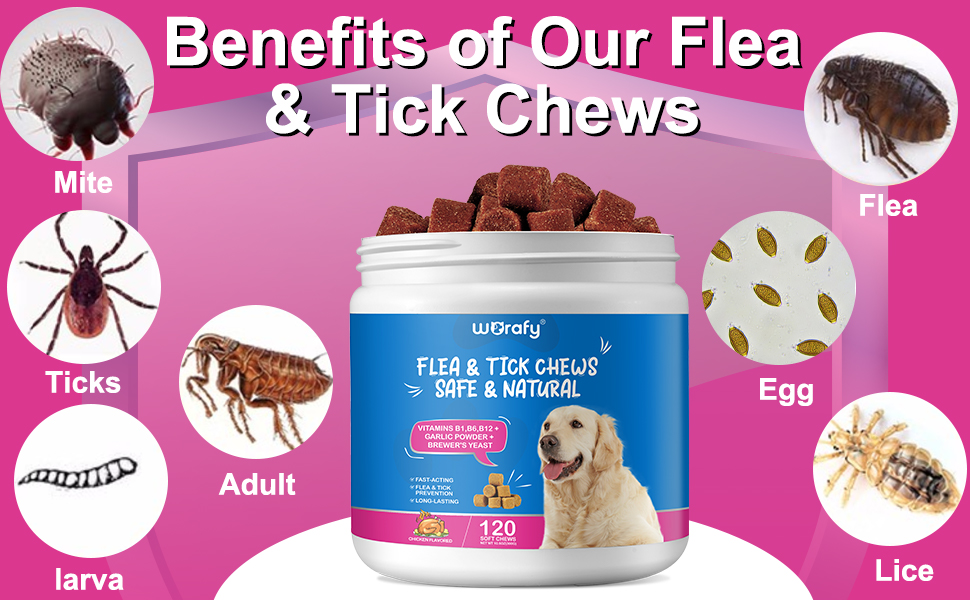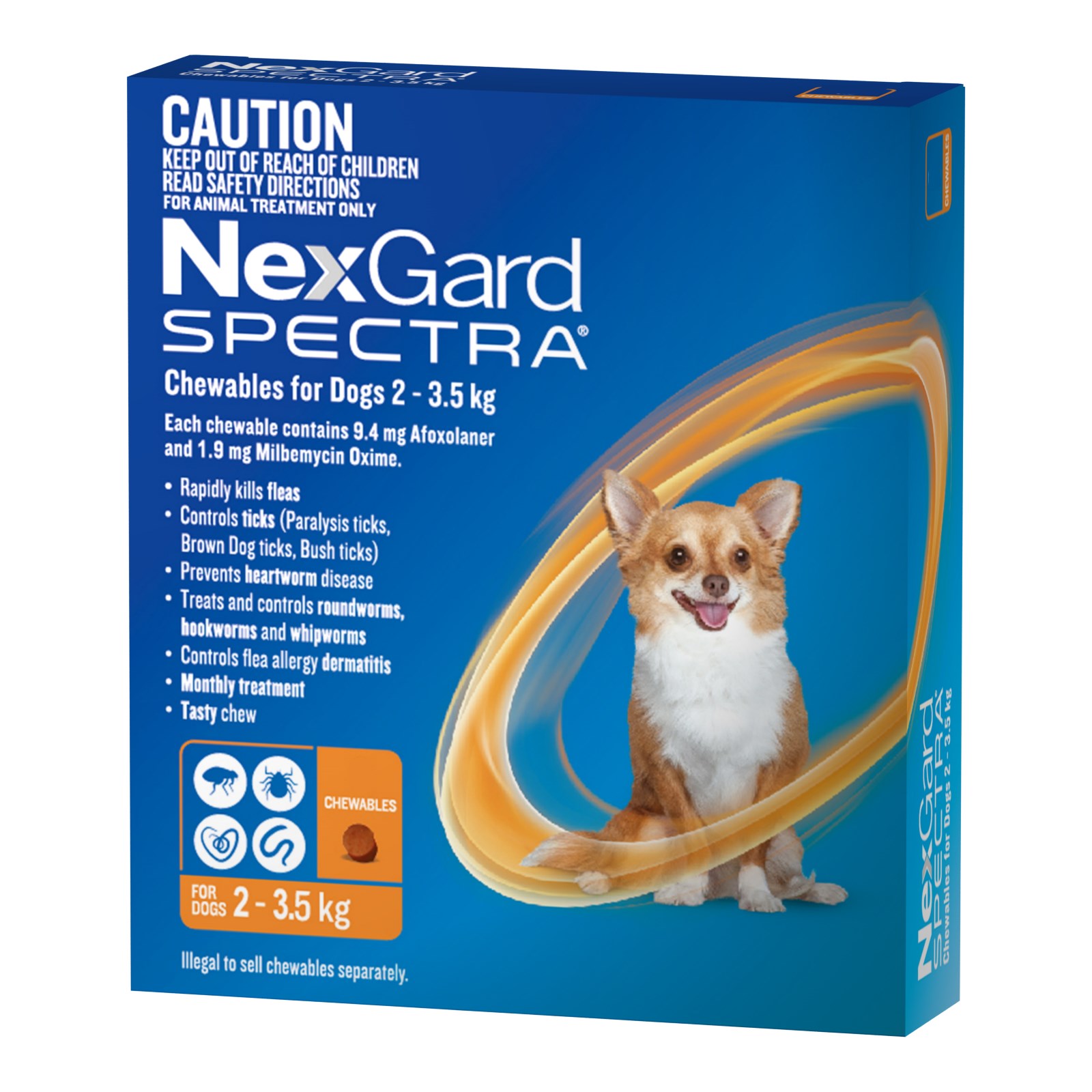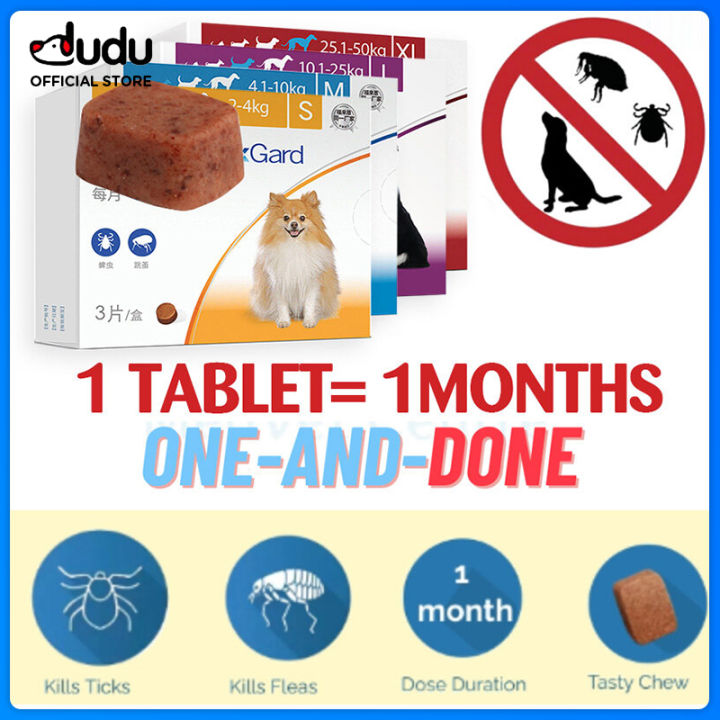Chewable Flea And Tick For Dogs Non Prescription

Imagine Sparky, a golden retriever, happily bounding through a sun-drenched meadow, tail wagging furiously as butterflies flutter around his nose. His owner, Sarah, watches with a smile, finally able to relax knowing Sparky is protected from the itchy torment of fleas and ticks, thanks to a new, readily available chewable.
The buzz is building: non-prescription chewable flea and tick preventatives for dogs are hitting the market, offering pet owners an accessible and convenient alternative to veterinarian-prescribed medications. This shift promises to democratize pet healthcare, making parasite control easier and more affordable for a wider range of dog owners.
The Evolution of Flea and Tick Control
For years, the standard in flea and tick prevention involved a trip to the veterinarian. These visits were necessary to obtain prescription medications containing powerful active ingredients. These medications, while effective, often came with a higher price tag and required a scheduled appointment, creating a barrier for some pet owners.
The landscape began to change as manufacturers explored options for over-the-counter (OTC) solutions. This involved rigorous research and development to create formulations that were both effective and safe for canine companions, while adhering to regulatory standards.
A Shift Towards Accessibility
The emergence of non-prescription chewables represents a significant shift in the pet healthcare industry. It reflects a growing demand for readily available solutions that empower pet owners to proactively manage their dog's health.
This trend aligns with a broader movement towards consumer empowerment in healthcare, where individuals are increasingly taking control of their well-being and seeking convenient options.
Understanding the Active Ingredients
While non-prescription chewables offer accessibility, it's crucial to understand the active ingredients they contain. Unlike prescription medications, which often utilize newer, more potent compounds, OTC options typically rely on established and well-studied ingredients.
Common active ingredients in these chewables often include pyrethrins and pyrethroids, derived from chrysanthemum flowers. These substances disrupt the nervous systems of fleas and ticks, leading to their paralysis and death.
Another ingredient frequently found is imidacloprid, a neonicotinoid insecticide. It effectively targets the nervous system of fleas, preventing them from feeding on the dog.
Weighing the Pros and Cons
The appeal of non-prescription chewables lies in their convenience and affordability. No more scheduling vet appointments solely for parasite prevention – simply purchase the chewables online or at your local pet store.
However, this convenience must be balanced with careful consideration. Non-prescription options may not be suitable for all dogs, particularly those with pre-existing health conditions or sensitivities.
It's essential to read the product label carefully and consult with a veterinarian to determine if a non-prescription chewable is the right choice for your dog's specific needs.
Safety and Efficacy: What to Consider
When selecting a non-prescription flea and tick chewable, prioritize safety and efficacy. Look for products from reputable brands with a proven track record.
Always adhere to the recommended dosage based on your dog's weight. Overdosing can lead to adverse reactions, while underdosing may render the treatment ineffective.
Pay close attention to any potential side effects, such as vomiting, diarrhea, or skin irritation. If your dog experiences any unusual symptoms after taking the chewable, contact your veterinarian immediately.
The Role of Veterinarians
Even with the availability of non-prescription options, the role of veterinarians remains paramount. Regular check-ups are crucial for monitoring your dog's overall health and detecting any underlying issues that may affect their response to flea and tick treatments.
Veterinarians can provide personalized recommendations based on your dog's breed, age, health history, and lifestyle. They can also advise on the best approach to parasite prevention, taking into account the specific risks in your geographic area.
Think of non-prescription chewables as a valuable tool in your pet healthcare arsenal, but not a replacement for professional veterinary care. They can supplement your veterinarian's recommendations.
The Economic Impact
The introduction of non-prescription flea and tick chewables has implications for both pet owners and the pet healthcare industry. For pet owners, the potential cost savings can be significant, especially for those with multiple dogs.
The increased accessibility could lead to a greater overall adoption of flea and tick prevention measures. This reduces the risk of parasite-borne diseases and improves the overall health and well-being of the canine population.
However, the shift may also impact veterinary clinics, as they may see a decrease in revenue from parasite prevention medications. Veterinarians may need to adapt their business models to focus on other services, such as preventative care, diagnostics, and specialized treatments.
The Future of Pet Healthcare
The emergence of non-prescription flea and tick chewables is indicative of a larger trend towards accessible and consumer-driven pet healthcare. This trend is likely to continue, with new technologies and innovative products emerging to address the evolving needs of pet owners.
We can expect to see further advancements in diagnostic tools, telemedicine, and personalized treatment plans, all aimed at empowering pet owners to proactively manage their beloved companions' health.
The key to success lies in finding the right balance between convenience, affordability, and professional veterinary guidance. This ensures that our furry friends receive the best possible care while remaining safe and healthy.
A Word of Caution and Responsibility
While the accessibility of non-prescription options is a welcome development, responsible pet ownership requires careful consideration. Before switching to a non-prescription chewable, consider your dog's history.
Has your dog ever had an allergic reaction to flea and tick medication? Does your dog have any underlying health conditions? Always consult with a veterinarian to ensure the product is safe for your pet.
Remember, these products are designed to prevent infestations, not necessarily treat existing ones. If your dog already has fleas or ticks, you may need to consult with a veterinarian for a more aggressive treatment plan.
It's important to remember that flea and tick prevention is not a one-size-fits-all solution. What works for one dog may not work for another. Talk to your veterinarian to find the best approach for your dog's individual needs.
Sarah continues watching Sparky frolic, a sense of relief washing over her. She made an informed decision, consulted her vet, and found a solution that works for them both. Knowing Sparky is protected, she can truly enjoy these moments of carefree joy. That is what matters at the end of the day.


